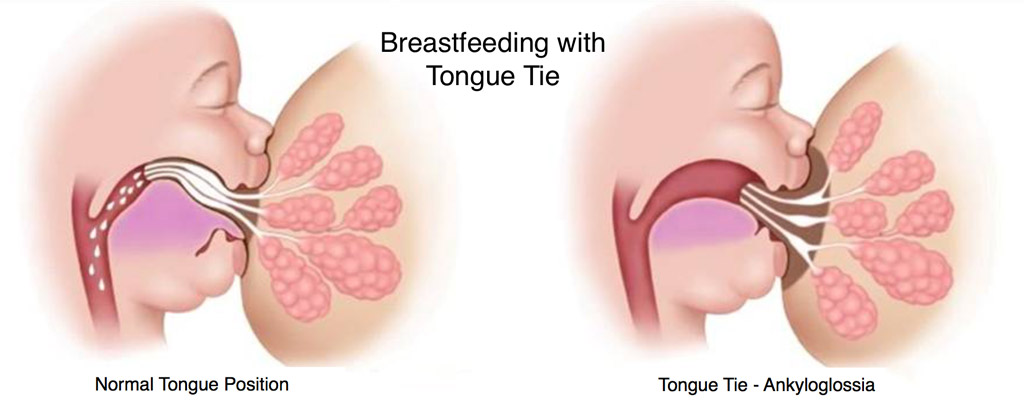The purpose of this study is to examine calcium absorption and bone mineral density in women with depression.
Research indicates that pre-menopausal women with depression have significantly lower bone mineral density (BMD) than pre-menopausal women without depression. Although the mechanisms of BMD loss are unclear, researchers believe that individuals with depression have impaired calcium absorption. However, it is unknown whether the abnormal absorption is a result of depression or a side effect of the drugs used to treat it. This study will compare calcium absorption in women with depression and in healthy women without depression.
Participants in this study will be given two non-radioactive calcium isotopes. One can be taken by mouth and the other must be injected. Participants will have the level of isotopes in their urine measured to estimate true fractional calcium absorption (TFCA). Participants may also have a dual X-ray absorptiometry (DEXA) scan to measure total body adiposity and lean body mass.
Further Details
We demonstrated a marked decrease in bone mineral density in 24 otherwise healthy pre-menopausal women, as compared with 24 healthy closely matched controls. The decrease was significant at several trabecular bone sites (e.g. 13.6% at the femoral neck, 13.6% at the Ward’s triangle, and 10.8% at the trochanter). Epidemiological studies indicate that losses in trabecular bone mineral density of these magnitudes are associated with an increased lifetime risk for fracture of up to 50%. Although the mechanism(s) of the loss in bone mineral density in our patients with past or current depression has not yet been elucidated, these subjects showed significantly higher 24 hour urinary free cortisol excretion than their matched controls. These data are being upheld by our ongoing studies. It is important for the Intramural Program to screen large numbers of depressed patients to highlight this problem for practitioners. It is also essential for us to measure bone mineral density and to have these measures as a basis for correlation with biological variables. In addition, we cannot assume that the pathophysiological mechanisms is hypercortisolism alone. Indeed the pattern we have seen via bone biopsy and histomorphometry differs for classic glucocorticoid bone loss. In addition, the clinical presentation, with a preponderant loss of bone mineral density, is different from that with glucocorticoid excess alone. With glucocorticoids the main loss is at the level of the spine. Our continuation of the longitudinal NIMH study of mothers with and without mood disorders and their offspring, provides us with a unique opportunity to assess clinical and behavioral variables early in life or adulthood that influence the rate of bone loss. We follow almost 300 patients in this study. Many will have DEXA’s. This will tell us whether childhood depression leads to loss of bone mineral density in early adulthood. More recently, the IRB approved the increase in the accrual ceiling to include subjects being studied under protocol 00-M-0049, a study of insulin resistance in subjects with major depression utilizing the hyperinsulinemic-euglycemic glucose clamp. This later group will provide information regarding metabolic correlates to insulin resistance, body fat content, and bone mineral density. The dual X-ray absorptiometry measure also provides an accurate estimate of total body adiposity and lean body mass. We have found that depressed women have a significant decrease in lean body mass that correlates with their loss of bone mineral density. Depressed women also have significant increases in total body adiposity. Thus, this protocol is also relevant to our evaluating common factors in the premature coronary artery disease and premature osteoporosis of depression.






